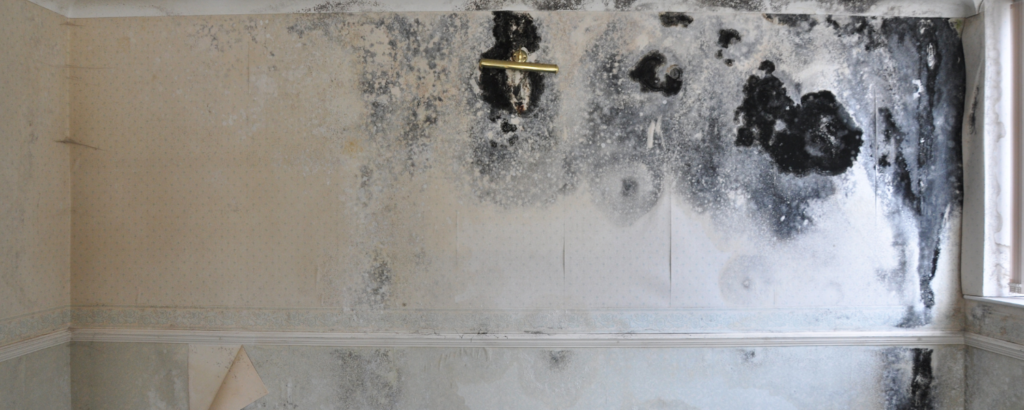
How To Prevent Mould From Growing In Humid Environments
Get some help
Using dehumidifiers and air conditioners are great ways to make sure you decrease the chances of mould spreading around the home.
It is a perfect way to control the climate in the home and keep the humidity at a low level.
Invest in better products
Once you start using products around the home, make sure that you invest in using mould-resistant materials and products.
If you are dealing with a humid climate, then it is best to equip the home with mould-resisting materials such as glass, plastic, metal etc. Avoid using wood, laminate, and carpet.
Disinfect, dust, and clean
All household surfaces should be taken care of properly. This means that frequent cleaning is one of the most certain ways you can get rid of mould in the home.
It is why homeowners that live in humid climates are advised to frequently disinfect metal, plastic, stone, and tile surfaces (along with some other surfaces around the home) and dry them immediately afterwards.
You should also dust and vacuum frequently too and get rid of all the dust that settles around the furniture, draperies, carpets, etc.
After all, mould feeds on dust, and this is the best course of action against it.
Have property inspections
Prevent mould growth with routine inspections. Make sure that you check the entirety of your home after a storm, a meltdown, heavy rain, etc.
This is the only way you can detect potential mould growth and keep it from further spreading around the home.
Take care of the affected areas
Prevent mould growth by taking care of contaminated areas. And by areas we mean to make sure that you are removing and cleaning all the affected materials. This is the only way you can stop the mould from spreading.
What you need to make note of is that this advice can be pretty practical, but useless if there is still excess humidity all around the home.
This will still create the perfect breeding ground for mould. The only efficient way to make sure this does not happen is to control the level of humidity in the indoor spaces.
How To Control Humidity?
Controlling the humidity in wet areas can be a challenge, but it is not an impossible task.
The challenge here includes not being able to open the windows whenever you like – outdoor air may corrupt the humidity level in the home.
If you are looking for ways to control the moisture in the home, then here are a few pointers that you might find handy:
Proper Air Conditioning Is Key
Using the right size of AC for your home is incredibly important.
This is the only way you will make sure that you will get control over the humidity situation in your home.
Setting your AC to 70 degrees Fahrenheit is the best way to ensure you are getting the most out of your appliance.
Setting the fan to auto instead of on will give you the benefit of letting the AC work only when it needs to.
Whenever your AC is running, make sure to close all the windows. Outdoor air will only spoil the cycle and there will still be humidity in the home.
Keeping your AC in a stellar condition is important if you want to maintain a low humidity level in the home. Make sure to maintain it regularly and have an annual checkup by a professional.
Use Dehumidifiers
Prevent mould growth by using dehumidifiers. They are key because they can help you lower the humidity level within the home to below 50%.
Keep Wet Items Outside
Either use a dryer to dry the wet clothes or make sure to hang them outside to try. Also, before putting them away, make sure they have been completely dried out.
Avoid leaving wet towels lying around the home.
Take the wet shoes off when you get home and clean the paws off your pets before you let them walk around inside the home.
Dry all your items before storing them away for a longer period.
Remove all standing water (pools of water) from your home as soon as you notice them.
Vent all appliances that produce moisture (such as stoves, dryers, etc).
Stop The Water In Its Steps
Control humidity levels by maintaining your property. Thoroughly inspect the roof and the chimney. Do not delay any necessary repairs.
Clean your gutters too. Replacing the damaged gutters in time and making sure they are free from debris is important if you want to maintain proper drainage.
Steer the water away from the home. Create a grading from the home that slopes away from the house so the water does not collect around it and crawl right into your basement.
Cover the crawl space floors with plastic to prevent the water from doing further damage.
Think about adding leak-proof windows and doors so you can prevent water from damaging the entirety of your home.
If you have any questions about our article “How To Stop Mould From Spreading In Humid Environments” feel free to call us at 1-416-912-2205 or chat with us in near real-time on social media.

